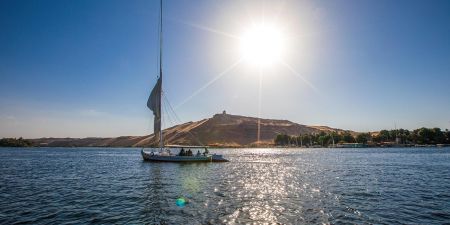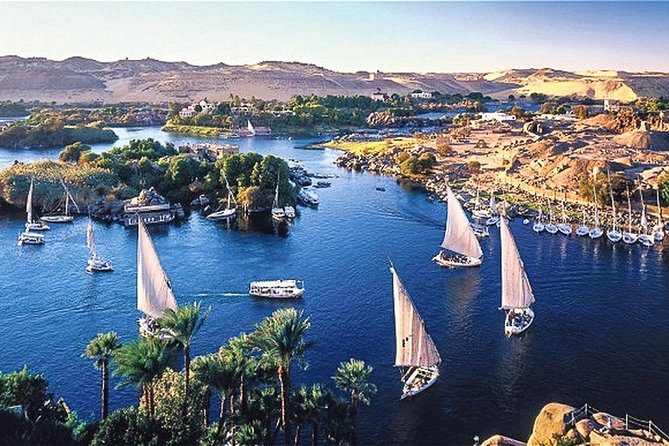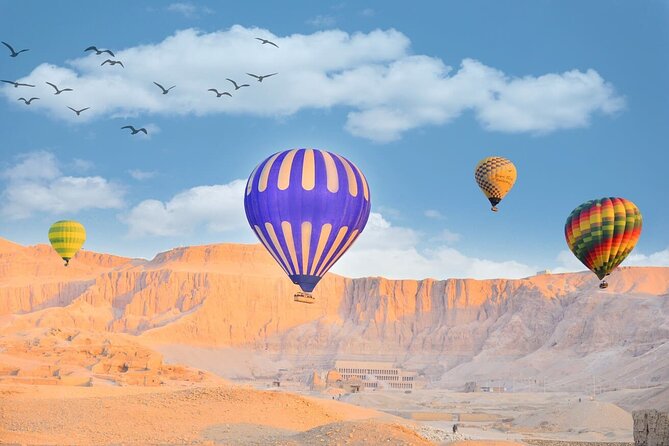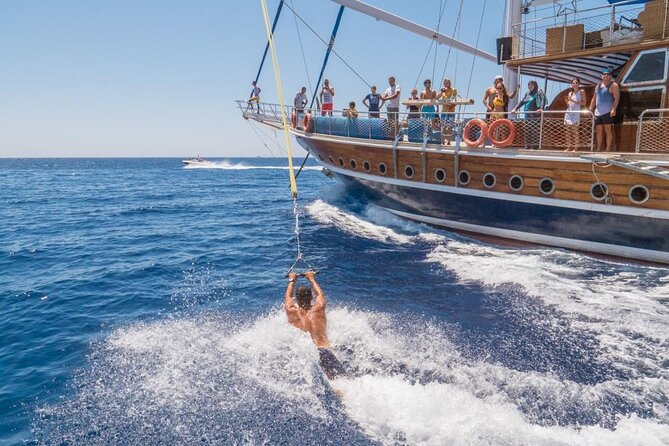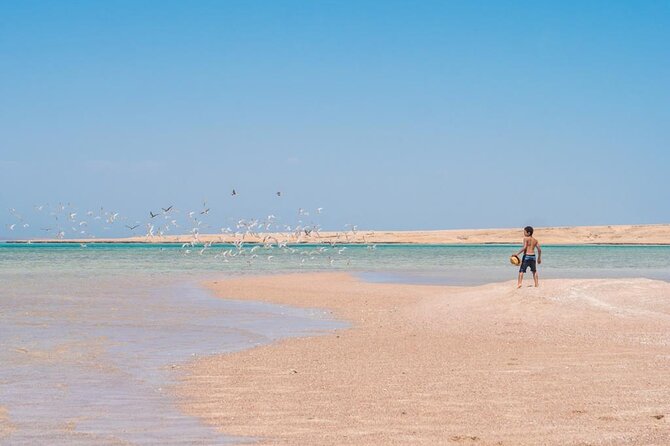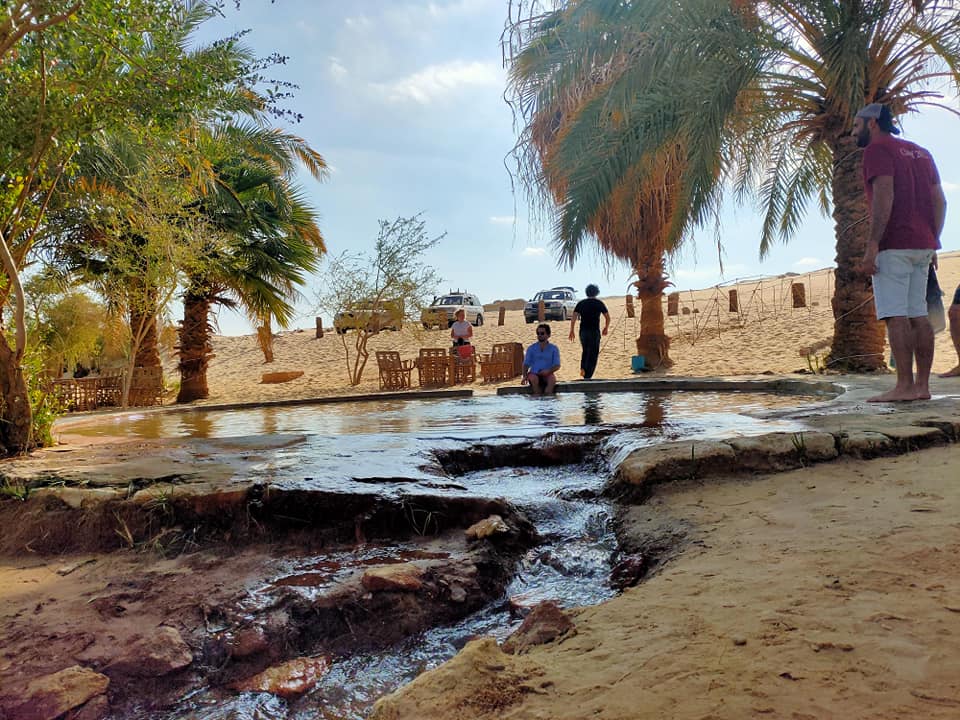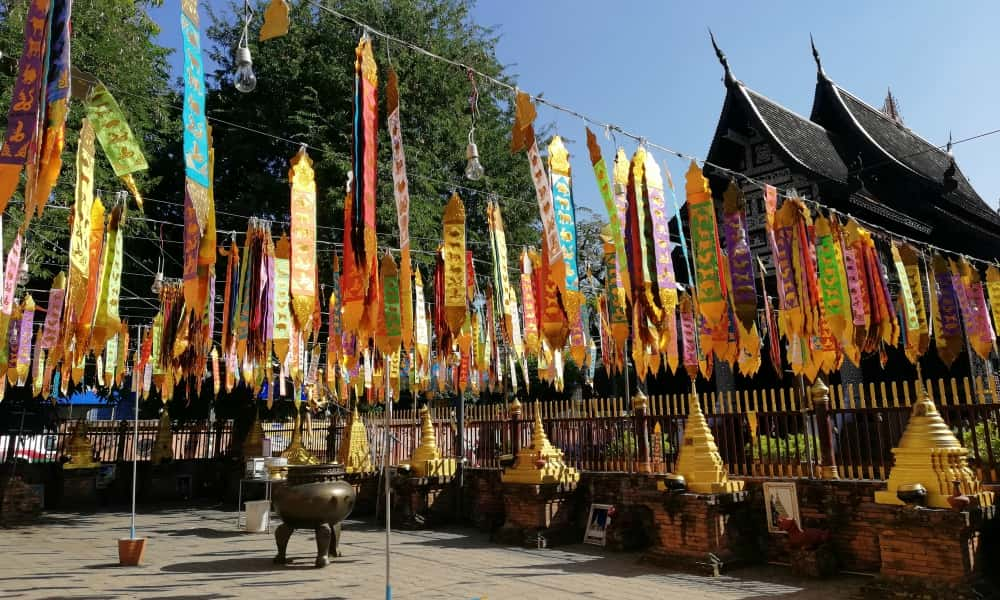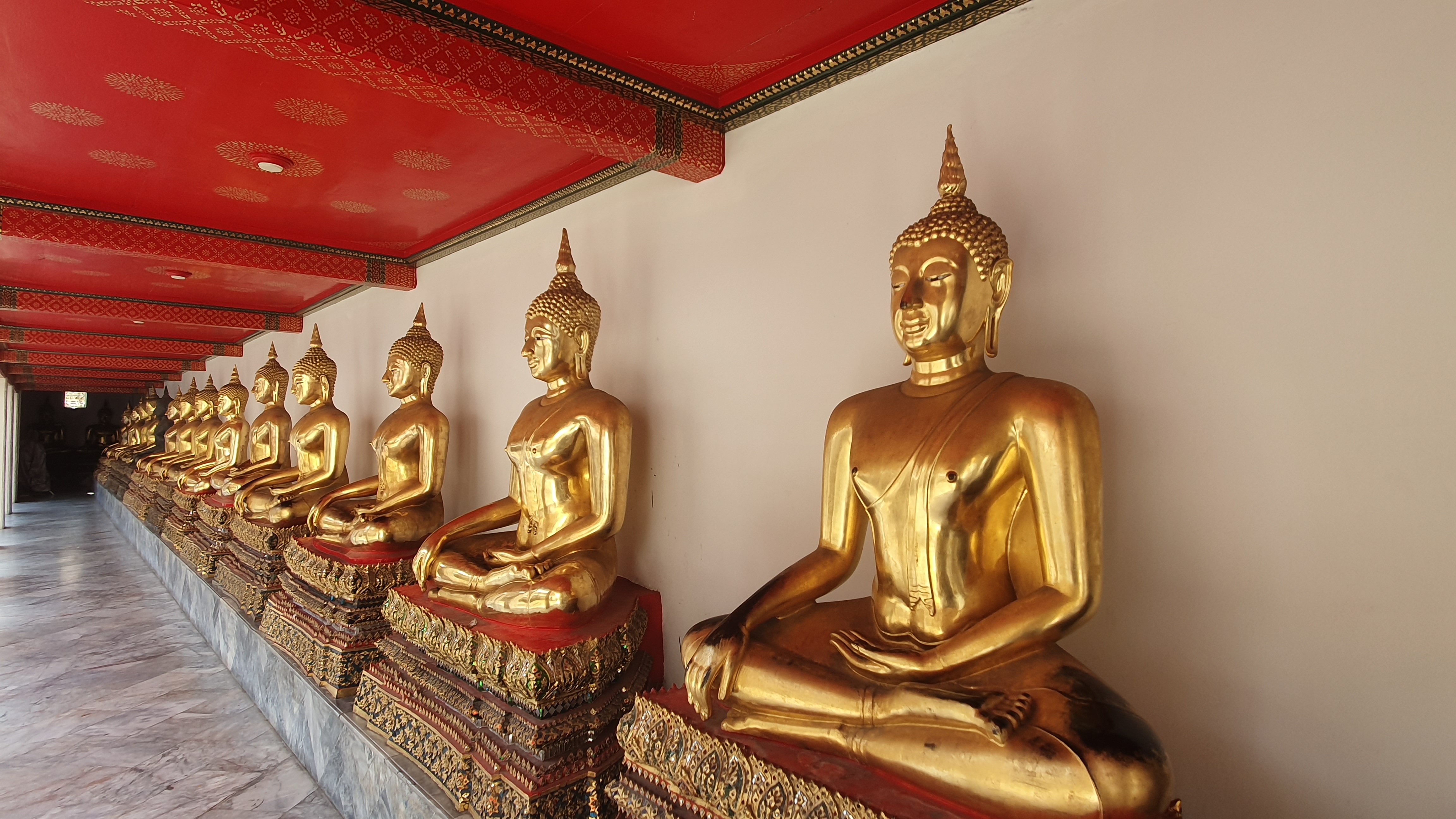Few travel experiences capture Egypt’s magic quite like a cruise on the Nile. The river isn’t just a stretch of water — it’s the lifeline of civilization, the stage on which temples rose, pharaohs sailed, and myths unfolded. Today, you can retrace that journey with the comfort of a modern vessel, waking up each morning to a new chapter of ancient history right outside your window.
If you’re wondering whether a Nile cruise is worth it, what to expect, and which type of boat to choose, this guide covers it all.
Why Take a Nile Cruise?
A Nile cruise isn’t just about transportation — it’s about perspective. Watching the landscape glide by, you realize why Egyptians called the Nile a gift of the gods.
- History in motion – You’ll sail the same waters pharaohs once did, stopping at temples that feel frozen in time.
- Seamless travel – Your hotel floats with you, so no constant unpacking or long road journeys.
- Timeless scenery – Palm groves, fishermen casting nets, golden cliffs — the Nile is a moving postcard.
- Easy access to sites – Many of Egypt’s greatest treasures sit right on the riverbanks.
One moment you’re sipping tea on the sundeck, the next you’re standing beneath columns carved 3,000 years ago.
Typical Nile Cruise Routes
The classic route is Luxor to Aswan (or reverse) — the heart of ancient Egypt.
- 3–4 Nights (Most Popular): Covers Luxor, Edfu, Kom Ombo, and Aswan.
- 7 Nights: Adds more leisurely sailing and less-visited sites like Dendera.
- Extended Options: Some itineraries combine with a Lake Nasser cruise to see Abu Simbel.
For most first-timers, Luxor to Aswan in 4 nights is the sweet spot: compact, scenic, and packed with highlights.
Best Nile Cruise Itinerary Highlights
Your days will blend sailing with guided excursions to Egypt’s most legendary monuments - or some mix of these, depending on the length of your cruise:
- Luxor: Karnak Temple, Luxor Temple, Valley of the Kings, Temple of Hatshepsut.
- Esna: Temple of Khnum, where vivid hieroglyphs still glow with detail.
- Edfu: The Temple of Horus — one of the best-preserved in Egypt.
- Kom Ombo: A rare double temple dedicated to Sobek (the crocodile god) and Horus.
- Aswan: Philae Temple, the High Dam, and the Unfinished Obelisk. Optional side trip to Abu Simbel.
Each stop will like flipping a page in a living history book - but that's not all. The best experiences will also include stops at local markets, family style dinners with locals, fishing stops and camel markets.
Types of Nile Cruises
Choosing the right boat shapes your experience. Here’s what’s on offer:
- Luxury Cruise Ships (40–100 cabins): Pools, spas, buffets, and a floating-hotel feel. Perfect if you like modern comforts.
- Boutique/Small Ships (20–40 cabins): Intimate atmosphere, often with stylish décor and personalized service.
- Dahabiya (Traditional Sailing Boats): Smaller (8–12 cabins), wind-powered, with a slower pace and fewer crowds at temples.
- Felucca (Basic Wooden Sailboats): No cabins, just mattresses below deck. Rustic, adventurous, and best for backpackers.
So TLDR; A luxury ship is about convenience. A dahabiya is about romance. A felucca is about spirit. And they can all be comfortable - depending on your definition of comfort.
What Life Onboard a Nile Cruise is Like
A typical day has a rhythm that blends relaxation and exploration:
- Mornings: Buffet breakfast usually followed by a guided temple tour/sightseeing
- Afternoons: Lunch on board, then sailing past timeless villages and palm groves - this would be the time for some local exploration when possible.
- Evenings: Dinner with entertainment — from belly dancing to galabeya (traditional dress) parties.
Expect food to be a mix of Egyptian and international dishes, with plenty of vegetarian options. On deck, you’ll find sun loungers, small pools in the fancier cruises, and the steady hum of the Nile beneath you.
What’s Included in a Nile Cruise (and What’s Not)
Most Nile cruises operate on a semi-inclusive basis — meaning many essentials are bundled in, but there are extras you should plan for. Here’s what to expect:
Usually Included:
- Accommodation in a cabin (with private bathroom, A/C)
- Full board meals (breakfast, lunch, dinner buffets)
- Daily guided excursions to temples and tombs with a licensed Egyptologist
- Transportation to and from sites listed on the itinerary
- Entertainment on board (cultural shows, galabeya party, lectures)
Often Not Included (Expect to Pay Extra):
- Drinks (soft drinks, bottled water, alcohol — some ships charge hotel-style prices)
- WiFi access (sometimes charged per day)
- Entrance tickets to temples and archaeological sites (unless your package specifically covers them)
- Tips for crew and guides (tipping pools are standard practice)
- Optional excursions (e.g., Abu Simbel, hot air balloon rides in Luxor)
Things to Double-Check Before Booking:
- Is your package all-inclusive, or will you need to pay entrance fees separately?
- How many excursions are included, and are they with a professional Egyptologist?
- Does the ship provide airport/train station transfers, or do you need to arrange your own?
- What’s the crew-to-guest ratio (important on smaller boutique ships or dahabiyas)?
The golden rule: always read the fine print. A Nile cruise can feel luxurious or stressful depending on how clearly you know what’s included.
Best Time for a Nile Cruise
- October to April: Peak season with pleasant weather.
- May to September: Hot, but fewer crowds and lower prices.
If you don’t mind the heat, summer cruises can be a bargain. But for most travelers, winter is the golden season.
Essential Nile Cruise Travel Tips
- Book Early: Especially for dahabiyas, which have limited cabins.
- Pack Smart: Breathable clothing, comfortable shoes, sunscreen, and a hat for temple visits.
- Stay Hydrated: Only drink bottled water (usually provided on board).
- Cash is King: Tips for guides, crew, and drivers are usually expected.
- Set Expectations: Don’t expect five-star luxury everywhere — the real star is the river itself.
Nile Cruise FAQ
How long should you spend on a Nile cruise?
Most travelers choose 3–4 nights, which is enough to cover the main highlights between Luxor and Aswan. If you want a slower pace or extra stops, a 7-night itinerary is ideal.
Most travelers choose 3–4 nights, which is enough to cover the main highlights between Luxor and Aswan. If you want a slower pace or extra stops, a 7-night itinerary is ideal.
Do you need a guide on a Nile cruise?
Yes — almost all cruises include an Egyptologist guide, and this adds huge value. They bring history alive and explain details you’d otherwise miss.
Yes — almost all cruises include an Egyptologist guide, and this adds huge value. They bring history alive and explain details you’d otherwise miss.
Is a Nile cruise safe?
Yes, Nile cruises are considered very safe. Security is tight around ports, and the river itself is calm and easy to sail.
Yes, Nile cruises are considered very safe. Security is tight around ports, and the river itself is calm and easy to sail.
What should you pack for a Nile cruise?
Light, breathable clothes, sturdy walking shoes, sunscreen, a hat, and layers for cooler evenings. Modest dressing for men and women is recommended. A swimsuit is handy if your ship has a pool or if you plan to take a dip in the Nile.
Light, breathable clothes, sturdy walking shoes, sunscreen, a hat, and layers for cooler evenings. Modest dressing for men and women is recommended. A swimsuit is handy if your ship has a pool or if you plan to take a dip in the Nile.
Do you need to tip on a Nile cruise?
Yes — tipping is customary in Egypt. Most cruises suggest a tipping pool that’s shared among the crew. Budget around $5–10 USD per day, per person for the staff, plus tips for your guide.
Yes — tipping is customary in Egypt. Most cruises suggest a tipping pool that’s shared among the crew. Budget around $5–10 USD per day, per person for the staff, plus tips for your guide.
What’s the difference between a Nile cruise and a dahabiya?
A Nile cruise ship is like a floating hotel with 40–100 cabins, depending on the size. A dahabiya is a smaller, wind-powered boat with fewer guests (8–12 cabins), offering a quieter, more family-like experience.
A Nile cruise ship is like a floating hotel with 40–100 cabins, depending on the size. A dahabiya is a smaller, wind-powered boat with fewer guests (8–12 cabins), offering a quieter, more family-like experience.
Sooo, is a Nile Cruise Worth It?
If you’re looking to combine history, comfort, and scenery, the answer is a resounding yes. A Nile cruise lets you see Egypt the way it’s meant to be seen: from the water that gave it life. You can follow in the footsteps of legendary explorers - making it as luxurious and romantic an experience as you want it to be.
Some travelers fall for the temples and culture, others for the river views. Most fall for both.








